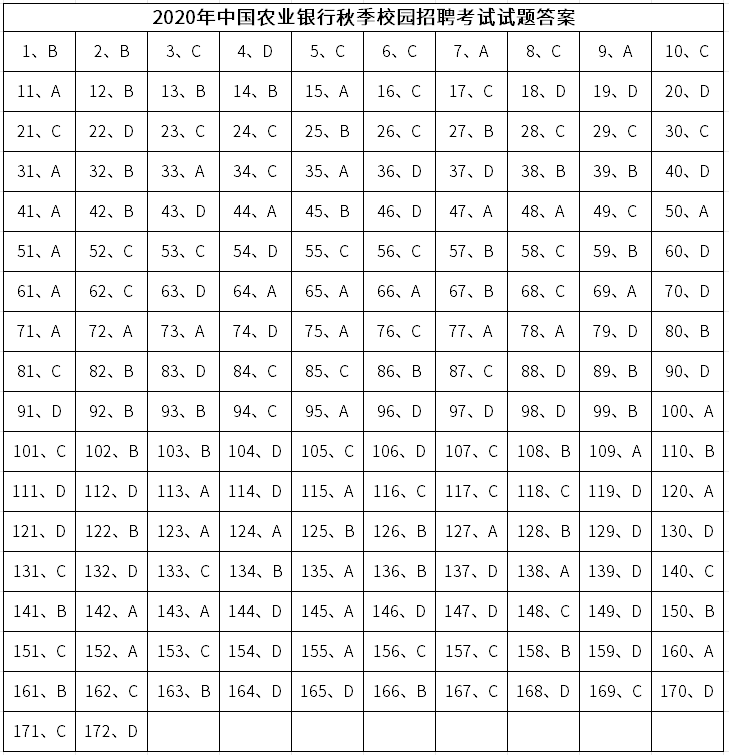2020-12-31 10:10:58 | 来源:网络及考生回忆
The mostly of female Nobel laureates raises questions about women's exclusion from education and careers in science. Female researchers have come a long way over the past century. But there's overwhelming evidence that women remain underrepresented in the Stem fields of science, technology, engineering and math.
Studies have shown those who persist in these careers face explicit and implicit barriers to advancement. Bias is most intense in fields that are predominantly male, where women lack a critical mass of representation and are often viewed as tokens or outsiders.
Traditional stereotypes hold that women ‘don't like math’ and ‘aren't good at science’. Both men and women report these viewpoints — but researchers have empirically disputed them. Studies show that girls and women avoid Stem education not because of cognitive inability, but because of early exposure and experience with Stem, educational policy, cultural context, stereotypes and a lack of exposure to role models.
For the past several decades, efforts to improve the representation of women in Stem fields have focused on countering these stereotypes with educational reforms and individual programmes that can increase the number of girls entering and staying in what's been called the Stem pipeline — the path from primary and secondary school to university to postgraduate training.
In addition to issues related to the gender pay gap, the structure of academic science often makes it difficult for women to get ahead in the workplace and to balance work and life commitments. Bench science can require years of dedicated time in a laboratory. The strictures of the tenure-track process can make maintaining work-life balance, responding to family obligations, and having children or taking family leave difficult, if not impossible.
Additionally, working in male-dominated workplaces can leave women feeling isolated, perceived as tokens and susceptible to harassment. Women often are excluded from networking opportunities and social events and left to feel they're outside the culture of the lab, the academic department and the field.
Seeing mostly men has been the history of science. Addressing structural and implicit bias in Stem will hopefully prevent another half-century wait before the next woman is acknowledged with a Nobel Prize for her contribution to physics. I look forward to the day when a woman receiving the most prestigious award in science is newsworthy only for her science and not her gender.
For the past several decades, efforts to improve the representation of women in Stem fields have focused on countering these stereotypes with educational reforms and individual programmes that can increase the number of girls entering and staying in what's been called the Stem pipeline — the path from primary and secondary school to university to postgraduate training.
These approaches are working. Women are increasingly likely to express an interest in Stem careers and pursue Stem majors in university. Women now make up half or more of workers in psychology and social sciences and are increasingly represented in the scientific workforce, though computer and mathematical sciences are an exception.
More women are graduating with Stem PhDs and earning faculty positions. But they go on to encounter glass cliffs and ceilings as they advance through their academic careers.
168、According to the passage, the barriers women face in academy STEM careers include the following, EXCEPT: ( )
A、The have to take more responsibilities at home.
B、They are receiving less pay than their male colleagues.
C、They are isolated in networks and social opportunities.
D、They are less likely to get promoted in they are more capable.
169、What does this sentence “But, I mean, I do live in a world of mostly men, so seeing mostly men doesn't really ever surprise me either,” mean? ( )
A、She hated Nobel Prize award rules.
B、She thought men are better than women.
C、She no longer felt surprise as there were always more men in her career and life.
D、She thought women are inferior to men.
170、What is the main idea that the author intends to convey through the article?( )
A、Education has put more effort to cultivate women scientist.
B、Women have been working hard to seek more equality in science work.
C、The Nobel Prize awards have neglected women's contribution in science.
D、Women have been facing barriers in STEM but are gaining more attention.
171、According to the passage, which of the following statement in INCORRENT?( )
A、Education has played a helped role in changing people's stereotypes.
B、Women have started pursing STEM majors in colleges and in career.
C、Females avoid choosing STEM fields, because they think they are less capable.
D、The increase of women workers is not care in computers and unthematical science.
172、Why do women win fewer in STEM? ( )
A、Because women's abilities.
B、Because women ‘don't like math’ and ‘aren't good at science’.
C、Because Women lack acritical mass of representation.
D、Because there aren't enough women that can stand up for themselves in the group.
注:试题来源于考生回忆及网络,仅供参考!
